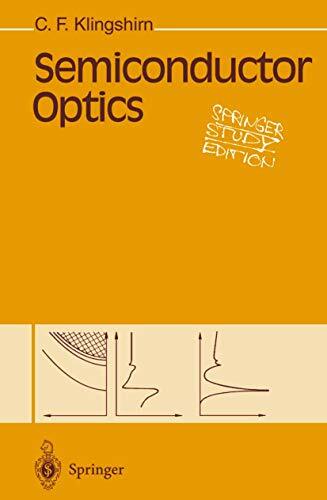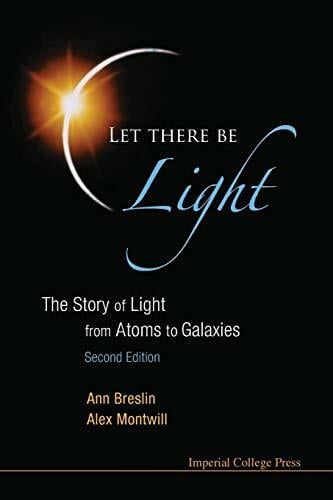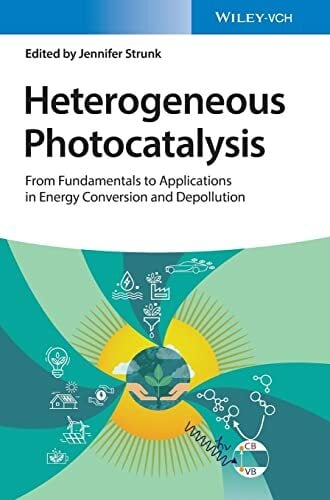
Symmetry Matters for the Electronic Structure of Light- Harvesting
Kurzinformation
inkl. MwSt. Versandinformationen
Artikel zZt. nicht lieferbar
Artikel zZt. nicht lieferbar

Beschreibung
In this thesis the electronic structure of light-harvesting complexes from the photosynthetic apparatus of purple bacteria was investigated. The photosynthetic unit consists of mainly two different light-harvesting complexes, the peripheral light-harvesting complex LH2, and the lightharvesting core complex RC-LH1, where the charge separation takes place. The main function of these complexes is the absorption and transfer of light energy to the reaction center. This energyfunnel is formed by the different pigmentpools B800 and B850 from LH2 and B875 from LH1 which are named according to their main absorption in the near-infrared at room temperature. In a series of experiments the main focus was put on the spectral properties of the BChl a pigments within the light-harvesting complexes. By applying polarization dependent single-molecule spectroscopy, details in the the electronic structure of the excited states could be determined. In order to put the detergent-solubilized LH2 complexes back into a more native-like environment of phospholipid vesicles, a reconstitution process was developed and verified being able to study the LH2 complexes from Rps. acidophila. Three days of dialysis assured a successful reconstitution, which was verified by a sucrose gradient ultracentrifugation. The optical spectra of the LH2 complexes were obtained by using a parallel wide-field spectroscopy technique which allows to record 30-50 spectra of the pigment-protein complexes at the same time, in contrast to the sequential confocal spectroscopy. The B850 assembly of BChl a pigments represents a strongly coupled system whose excited states can be described as collective excitation, so called Frenkel-excitons. For an undisturbed B850 ring with a C9 symmetry, the exciton model predicts that almost all oscillator strength is concentrated on the low-energy degenerate exciton state pair k = ±1 whose transition dipole moments are mutually orthogonal. As soon as deviations from the perfect symmetry occur, the degeneracy of the k = ±1 exciton states is lifted and the oscillator strength is redistributed which was observed by single-molecule spectroscopy as a spectral splitting and a change in the intensity ratio of the absorption bands assigned to the k = ±1 exciton states. The spectroscopic properties on the single-molecule level of the detergent-solubilized LH2 complexes were compared with those reconstituted into the lipid membranes. The detailed analysis of the single-molecule spectra of LH2 in the two environments revealed no significant differences. From this it can be concluded that no significant destabilization of LH2 that affects the embedded BChl a chromophores occurs when the LH2 complexes are solubilized with an appropriate detergent and that these complexes do not display more structural disorder than the membrane-reconstituted complexes. In contrast to the peripheral LH2 complex the RC-LH1 core complexes are larger in size and display much more structural diversity. The excited states of the B875 pigments can also be described as Frenkel-excitons. Single-molecule fluorescence excitation spectra of the individual RC-LH1 complexes for Rps. palustris and the pufX? strain of Rb. sphaeroides were compared. More than 80% of the complexes from Rb. sphaeroides PufX? show only broad absorption bands, whereas all of the measurable complexes from Rps. palustris also have a narrow line at the low-energy end of their spectrum. The presence of this narrow feature indicates a gap in the electronic structure of the RC-LH1 complex from Rps. palustris which provides strong support for the physical gap that was previously modeled in its x-ray crystal structure. Numerical simulation reveal that the lowest energetic exciton state k = 0 of a closed ring structure gains no oscillator strength, even if it is elliptically deformed. Due to the inevitable energetic disorder during the experiment, the narrow feature could be rarely detected for only seven singlemolecule spectra of the closed-ring RC-LH1 complexes from Rb. sphaeroides PufX?. For the open-ring structure of the RC-LH1 complex from Rps. palustris the situation differs substantially. The interrupted circular structure of the BChl a molecules is much better represented by a linear chain in the electronic description. Here, the lowest exciton state k = 1 acquires the major part of the oscillator strength. Hence, this narrow line was observed for all complexes (80%) where a full spectrum could br recorded. 20% of the spectra seem too red-shifted to obtain a complete spectrum. The observed narrow line has a linewidth of about 1-2 cm?1 which correspondes to the spectral resolution of the laser. A closer investigation of this narrow feature with a high resolution single-mode laser confirmed that the linewidth is determined by spectral diffusion rather than by fluorescence lifetime. In addition, a unique combination of single-molecule spectroscopy with numerical simulations resulted in a refined structural model for the BChl a pigment arrangement in RC-LH1 core complexes of Rps. palustris. Details in the optical spectra, such as spectral separation and mutual polarizations of spectral bands, are compared with results from numerical simulations for various models of the BChl a arrangement that were all well within the 4.8 Å limit of the accuracy of the available x-ray structure. The experimental data is consistent with a geometry where 15 BChl a dimers, each taken homologously to those of LH2 from Rps. acidophila, are arranged in an overall elliptical structure featuring a gap on the long side of the ellipse. This work demonstrates that single-molecule spectroscopy is a powerful tool to reveal the effects of symmetry on the electronic structure of pigment-protein complexes. The interplay of the geometrical arrangement of the pigments and the transition probabilities of the various exciton states leads to key spectral features, such as narrow lines, that are clearly visible with single-molecule spectroscopy but are averaged out in conventional ensemble experiments. Such experiments provide valuable information for the theoretical modeling of energy-transfer processes within these systems and a better understanding of their structure and function.
Produktdetails

So garantieren wir Dir zu jeder Zeit Premiumqualität.
Über den Autor

- paperback
- 288 Seiten
- Erschienen 2012
- Wiley

- hardcover
- 580 Seiten
- Erschienen 1992
- WORLD SCIENTIFIC PUB CO INC

- hardcover
- 468 Seiten
- Erschienen 1992
- World Scientific Publishing...

- Gebunden
- 634 Seiten
- Erschienen 2012
- Wiley-VCH

- Gebunden
- 278 Seiten
- Erschienen 2020
- Wiley-VCH

- Hardcover
- 144 Seiten
- Erschienen 2013
- Springer

- hardcover
- 304 Seiten
- Erschienen 2015
- Cambridge University Press

- hardcover
- 510 Seiten
- Erschienen 1997
- Springer

- Gebunden
- 427 Seiten
- Erschienen 2006
- Wiley-VCH

- Gebunden
- 542 Seiten
- Erschienen 2022
- Wiley-VCH

- hardcover
- 4396 Seiten
- Erschienen 1998
- Kluwer Academic Pub

- paperback
- 552 Seiten
- Erschienen 2014
- ICP

- hardcover
- 277 Seiten
- Erschienen 2003
- Springer

- hardcover
- 108 Seiten
- Erschienen 2014
- Springer
































